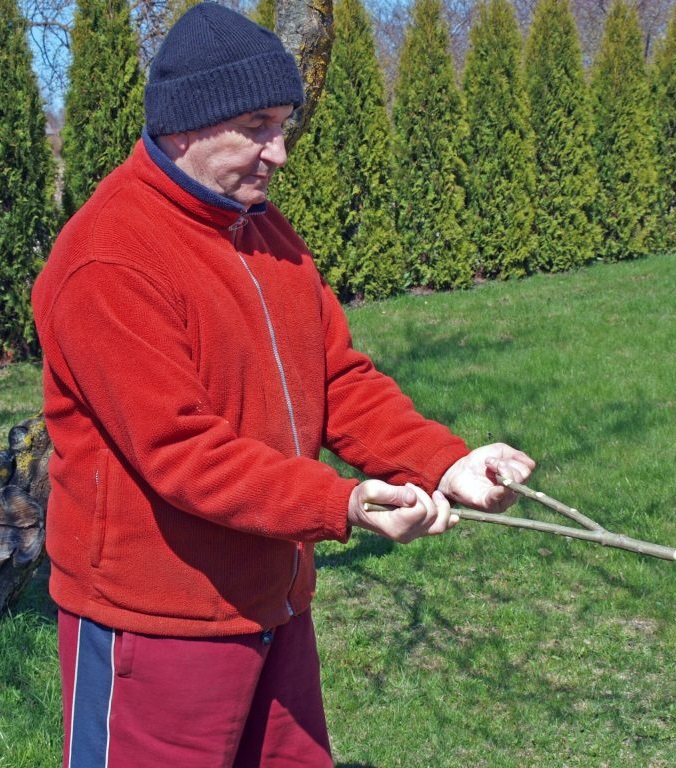Have you ever come across an object that seems oddly familiar, yet you can’t quite put your finger on what it is or what it does? It’s a common feeling, especially as we get older and witness the rapid changes happening around us. My grandmother used to share stories of things she had in her youth that were completely foreign to us. It makes me wonder if one day I’ll find myself in the same position.
In this digital age of nostalgia, where people share pictures of mysterious objects in search of answers, there’s one particular tool that has caught the attention of many. At first glance, it may appear to be an ordinary tree branch, but its history and purpose go back centuries. Let’s dive into the world of “Water Dowsing.”

Water Dowsing, also known as divining or doodlebugging, was a practice that originated in the 1500s. This tool, referred to as a “diviner,” “well witch,” or “water-finder,” played a crucial role in locating water sources.
To use the tool, one would hold the branches of the V-shaped stick in both hands with their palms facing upwards. The bottom part of the V, where the two rods meet, would be tilted towards the Earth at a 45-degree angle. With this setup, the user would then walk back and forth, searching for vibrations at the bottom of the V that indicated the presence of water beneath the surface.
Interestingly, this technique was initially used to locate metals in the ground. But as time passed, people realized that it could also be utilized to find water, especially for those living in rural areas. The process of dowsing with metal rods gradually evolved into a method of water detection that helped new homeowners in remote regions.







